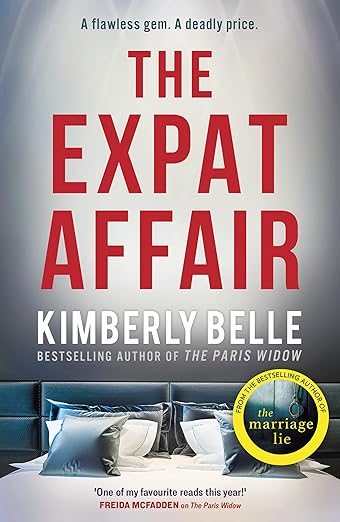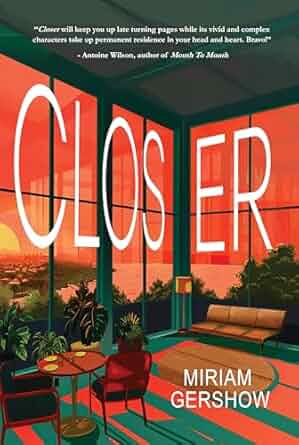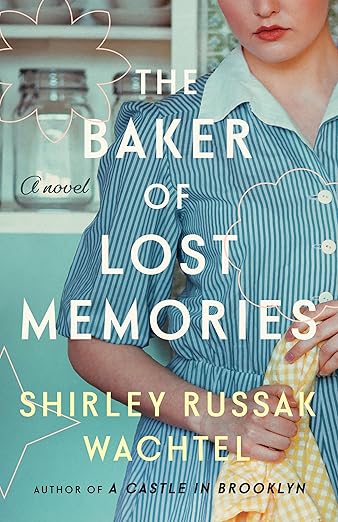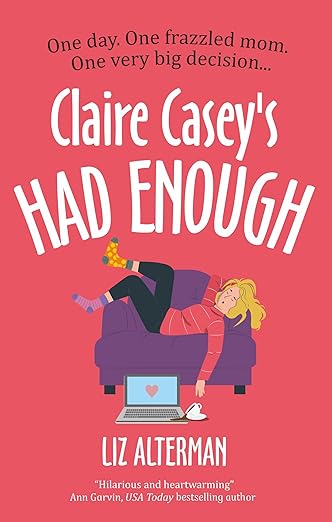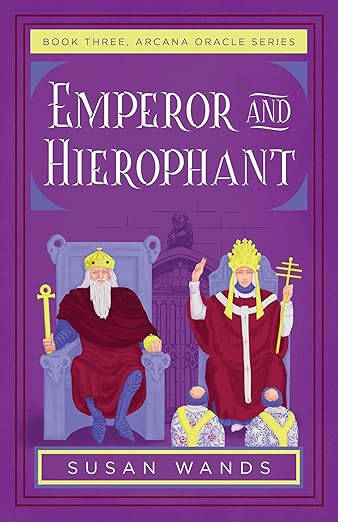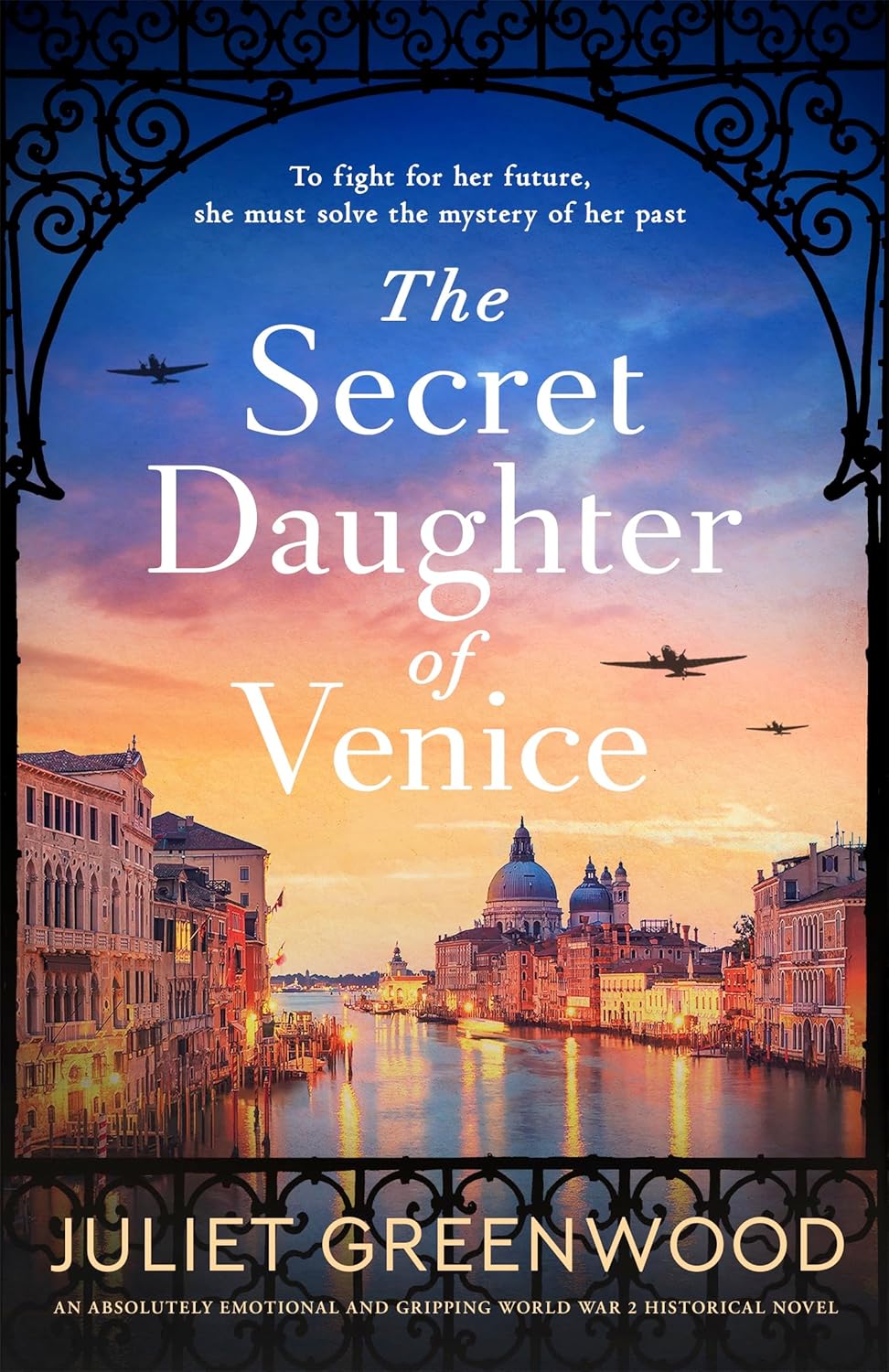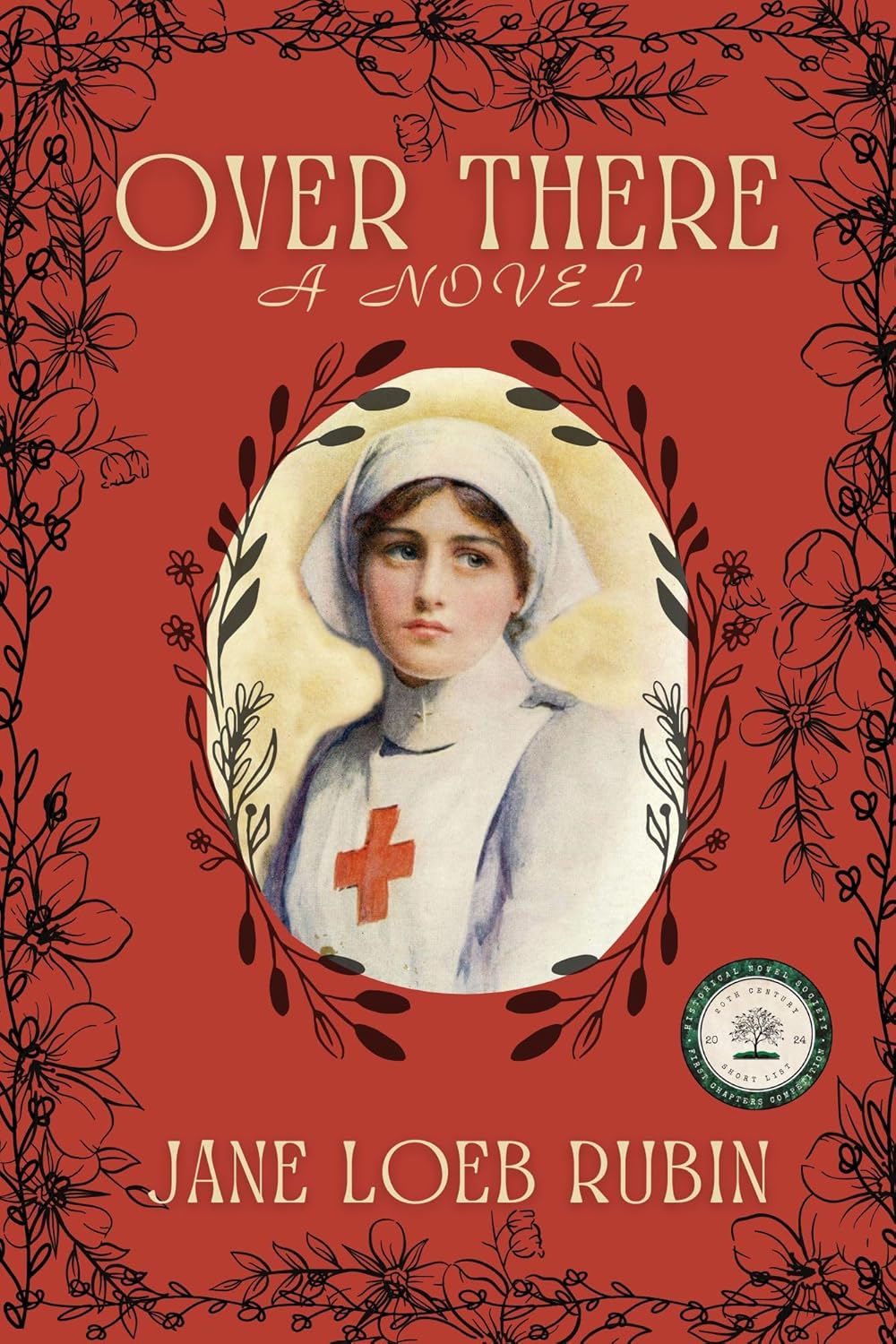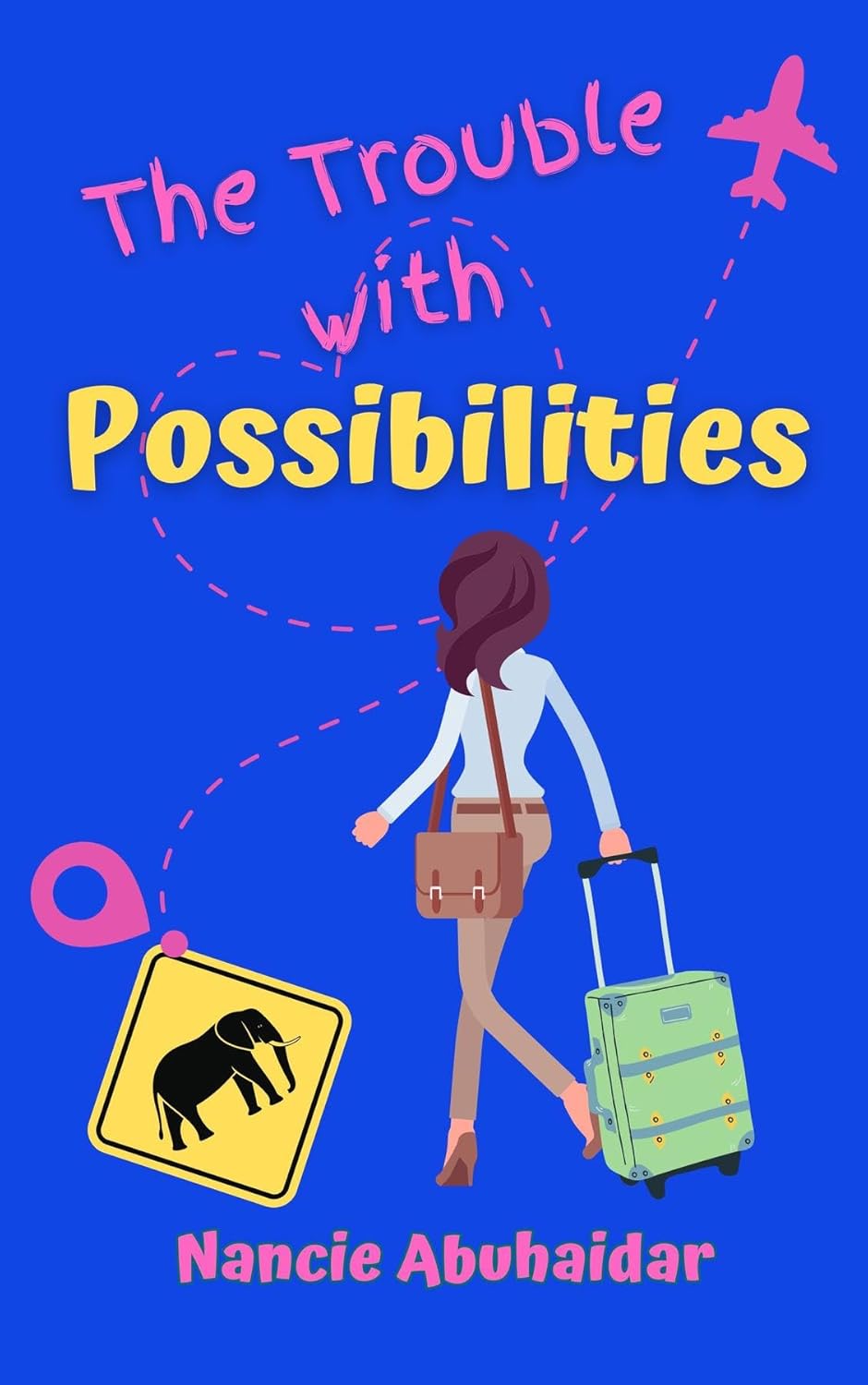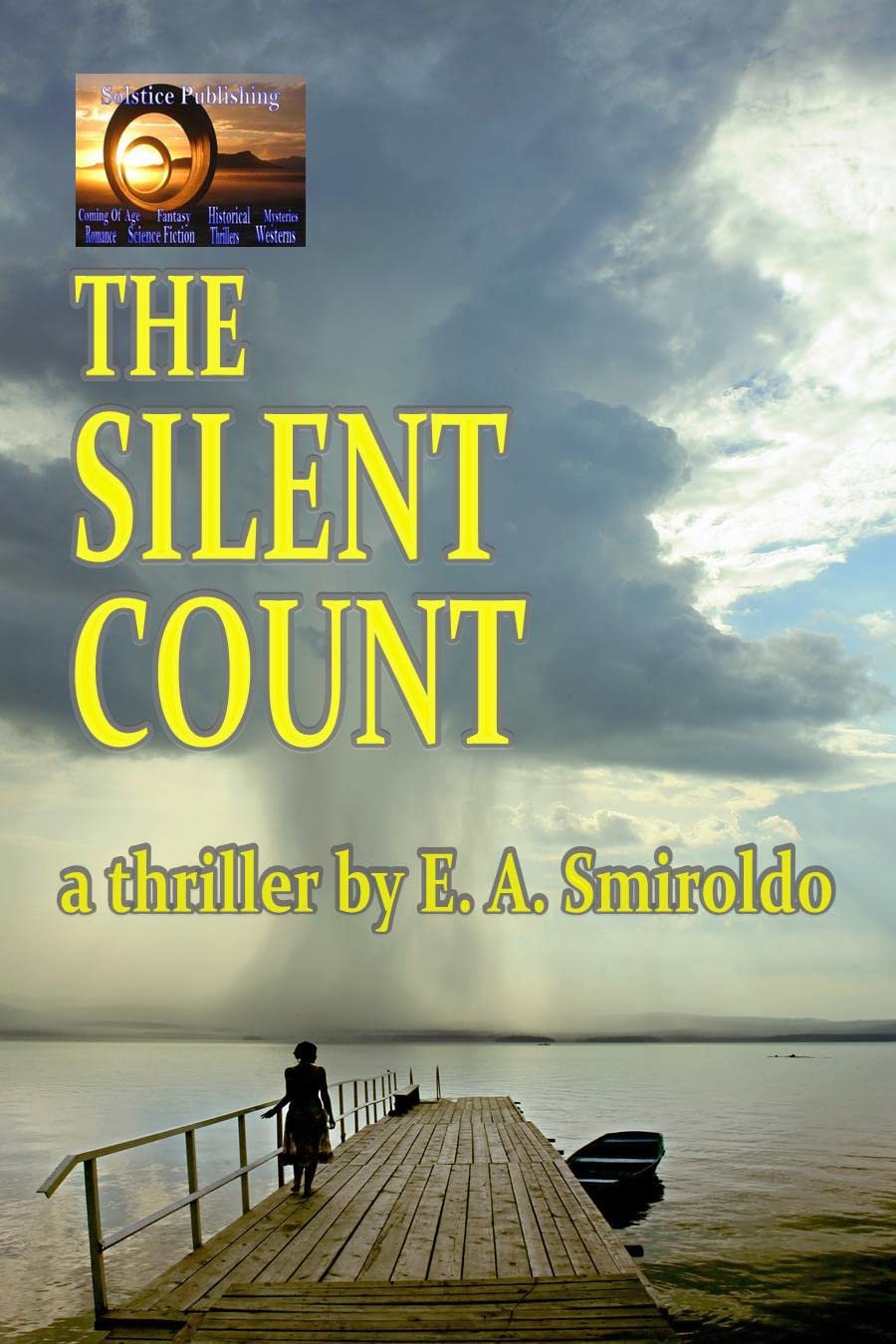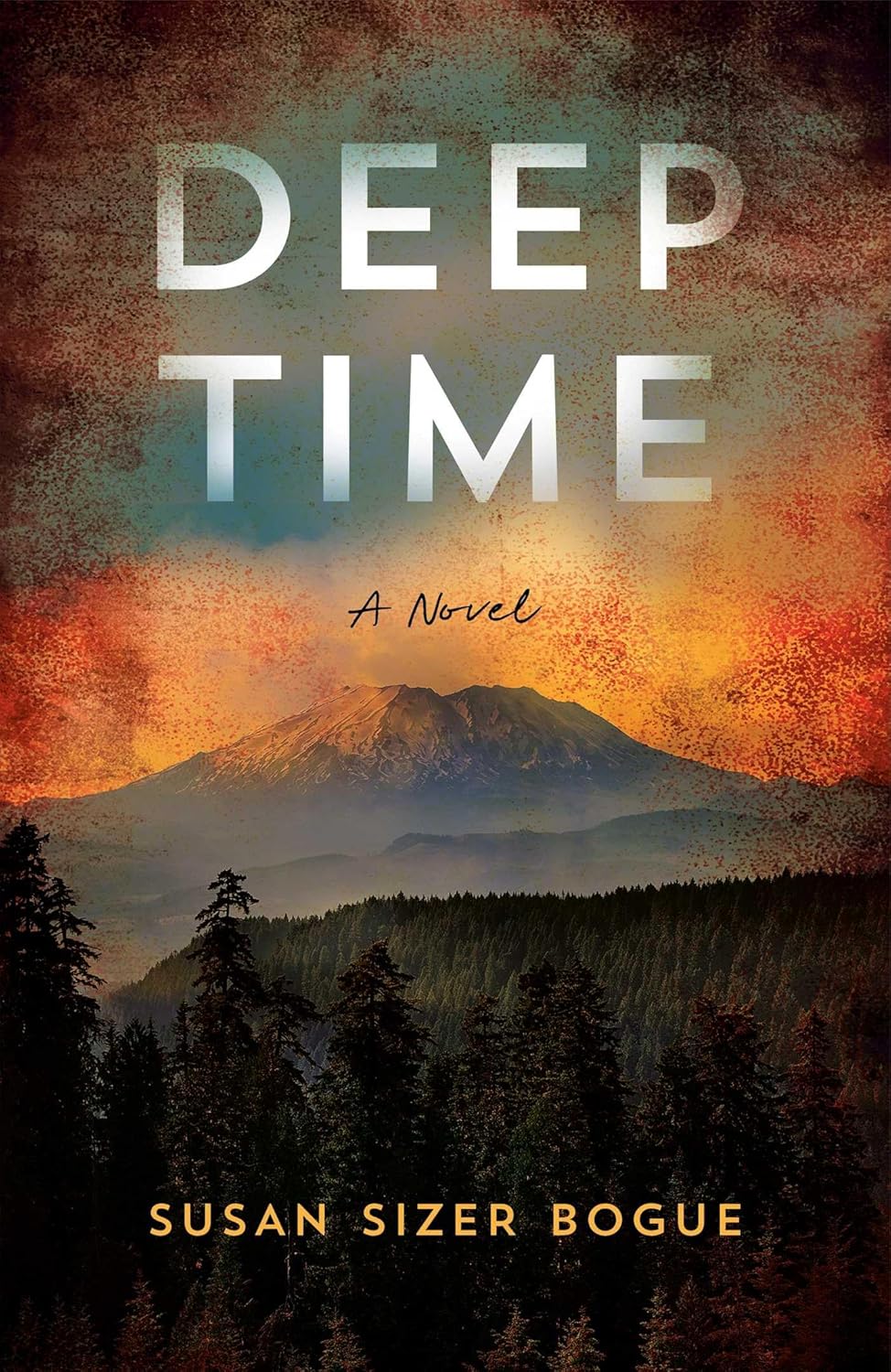On Writing WHAT TO WEAR AND WHY by Tiffanie Darke
Tiffanie Darke, author of What to Wear and Why, has spent most of her career in fashion as an editor, journalist, creative director, brand strategist, campaigner, and for the last decade, an advocate for sustainable fashion. In her forthcoming book, Darke offers an accessible guide to understanding fashion’s impact on the earth and economy, creating your own sustainable closet, as well as auditing the one you have.
By Tiffanie Darke
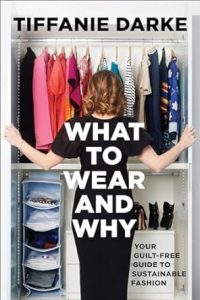 It was a warm, July evening, and London was completely quiet. No cars on the roads, shutters down on the shops, doors of the restaurants all closed. You could hear the birds singing in the trees, the summer breeze rustling the trees. It was 2020, and the world was locked down. I was cycling home through the empty streets, after a bizarre day photographing Louis Vuitton handbags, Dior purses and Hermes sandals. This imagery was now winging its way over Whatsapp to our ultra high net worth customers, who were mostly bored, lounging on their yachts. But still shopping. It was a Thursday, which was the UK’s ‘Clap for Carers’ night, when across the country, the nation would gather on doorsteps to applaud those working to save us. Arriving home just in time, I grabbed the kids, a saucepans and wooden spoon to bang, and took to the doorstep to show appreciation for all the doctors, nurses and careworkers putting their lives on the line. That was the day when I realised that none of this made sense anymore.
It was a warm, July evening, and London was completely quiet. No cars on the roads, shutters down on the shops, doors of the restaurants all closed. You could hear the birds singing in the trees, the summer breeze rustling the trees. It was 2020, and the world was locked down. I was cycling home through the empty streets, after a bizarre day photographing Louis Vuitton handbags, Dior purses and Hermes sandals. This imagery was now winging its way over Whatsapp to our ultra high net worth customers, who were mostly bored, lounging on their yachts. But still shopping. It was a Thursday, which was the UK’s ‘Clap for Carers’ night, when across the country, the nation would gather on doorsteps to applaud those working to save us. Arriving home just in time, I grabbed the kids, a saucepans and wooden spoon to bang, and took to the doorstep to show appreciation for all the doctors, nurses and careworkers putting their lives on the line. That was the day when I realised that none of this made sense anymore.
As a fully paid up member of the fashion pack, my job had involved tracking the fashion circus between Paris, Milan, London and New York. I took my seat on the front row, dressed every day in a series of advertiser friendly outfits, and used my channels to champion new season trends and the relentless release of ‘status-worthy’ products. I danced with Donatella, drank vodka with Tom Ford and even felt the fur on Roberto Cavalli’s yacht (RIP). Fashion was a game, a game of keepy-uppy, and playing it was fun – if you could keep up.
As editor in chief of Harrods, I oversaw all the Harrods magazines, social and digital media, the in store TV screens, the podcast, the website. I’m not gonna lie – it was huge fun. I had been in the role for nearly two years, and had returned from living in New York to take it on. I remember travelling Harrods’s famous Egyptian escalator on the first day of my new job: all around me were glittering, glamorous mannequins dressed in Balmain, Balenciaga and Chanel; the food halls dripped in patisseries, chocolates, seafood and all manner of gastronomic delicacies, the Beauty Halls were a pink palace of pampering. Harrods truly is an extraordinary place, a showcase for art, craft, fashion, beauty, innovation and, of course, luxury. To have it as the playground for telling stories was a dream come true.
But Harrods had never closed – not in all its 200 year history. Not for WW1, or WW2, or even the dreadful day it was bombed by the IRA – although it did close for half of that day. The pandemic, however, was different. Like most businesses at the time, we had no idea what to do next. Whole days were spent zooming huge groups of people, to make decisions that would only be overturned on another mass zoom several hours later. How would we sell our product? Reach our customers? Pay our staff? What was the reason for our existence?!
All gradually became clear when the personal shoppers, who service Harrods’s most high spending customers, reported that their clients were mostly bored, lounging on yachts, scrolling social media. Could we direct sell? Of course we could! And so we pivoted. My job became about traversing locked down London to Knightsbridge, letting myself into a dark and eerily silent store, grabbing some pictures of Louis Vuitton handbags, and Whatsapping them over to the shoppers.
Soon after that July evening on the doorstep, I resolved to educate myself. The world was at an unsustainable inflection point, I needed to learn what I could do. I enrolled on the CISL Sustainable Leadership post graduate programme and it was transformational. With sustainability, once you know you know, and armed with the facts I realised I could use my skills in fashion and communication to do something worthwhile. Across the industry I could see pockets of innovation, brands who were pioneering sustainable business models, new fabrics, supportive partnerships and new science and technology which would support the future of this industry I love so much. And shoppers who were beginning to see that fashion’s all you can eat buffet, was no longer serving them.
I began with a story: if fashion and sustainability is a story, then what are the chapters? I partnered with Vogue fashion stylist Daniela Agnelli to open a fashion store at Six Senses ibiza, AGORA, where we could curate the best in class of sustainable fashion. Where we could hold events, speak to customers, publish a magazine.By talking to these brands, I learned more and more about the industry – where our clothes come from, who makes them, how far they travel, how much it costs. I thought I was doing well.
Then a report hit. It was the Hot or Cool Institute’s report on Unfit, Unfashionable, Unfair and the basic findings were – we are producing and consuming far too much. If we want to hit our 1.5 warming targets by 2030 then we need to radically reduce our consumption – to just 5 items a year. The Rule of 5 campaign was born, but limiting yourself to just 5 purchases a year is very hard. What people really need is more knowledge and understanding, more insight than brands are prepared to give. But that information – the real story behind how our clothes are produced and how they live with us on Planet earth, is actually fascinating. Some of the solutions I have found are, unbelievably creative and in no small measure contribute to the future of the human race and the planet on which we live.
So I wrote a book. It comes out on September 4th and I look forward to sharing it with you. You can pre order a copy here.
ON WHAT TO WEAR AND WHY
It’s time to rethink what clothes we buy, wear, and toss out, knowing that we can have a positive environmental impact while still looking good and dressing well.
Reportedly, the clothing industry produces 80 billion garments a year, employs 15 percent of the world’s population, exploits labor, and seriously pollutes the environment. However, we as consumers have the power to make a difference with the clothing choices we make. In What to Wear and Why, top fashion writer turned sustainability activist Tiffanie Darke sheds light on the unsustainable practices and immense environmental impact of the fashion industry and presents a compelling argument for why transformative change is urgently needed.
Drawing on her extensive fashion experience and expertise, Darke offers practical guidance on how we as consumers can make a difference in the industry’s environmental impact. What to Wear and Why also celebrates those who are already doing so, from environmental activists to sustainable fashion pioneers, giving us examples of how fashion sustainability can work in the real world.
Whether you’re a fashionista who cares passionately about sustainability, an environmental advocate seeking to learn more about the impact of fashion, or simply someone who wants to be a part of the change, What to Wear and Why is your go-to guide to a more sustainable future.
BUY HERE
—
Tiffanie Darke has spent most of her career in fashion as an editor, journalist, author, creative director, brand strategist, campaigner, and, most recently, shopkeeper. She has worked for the Daily Telegraph, the Express, and Sunday Times Style and was editor in chief of Harrods. She is an alumna of the University of Cambridge Institute for Sustainability Leadership and a member of the Oxford University Climate Action Network. She works with more than seventy fashion brands on sustainability and is based in London.
Category: On Writing




